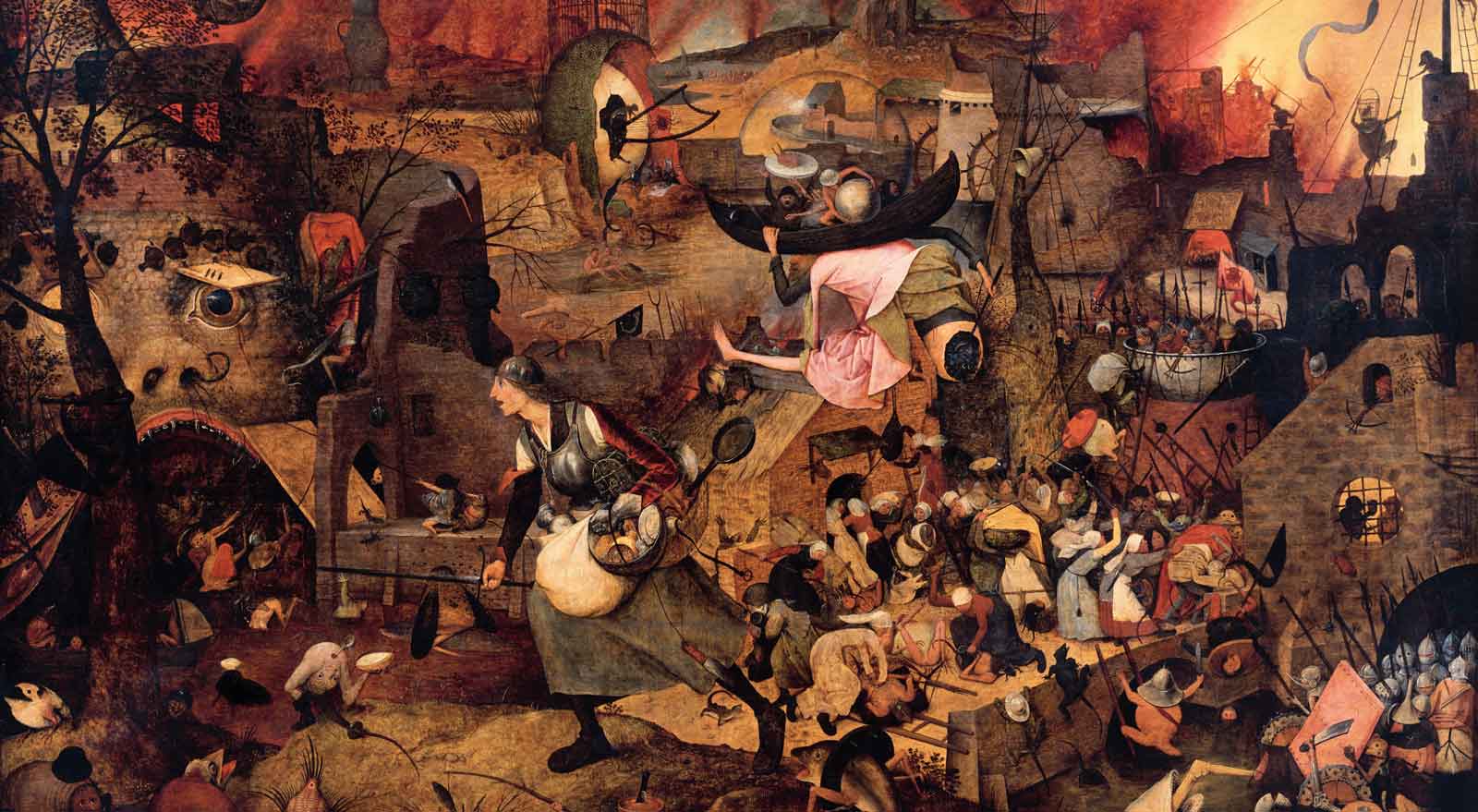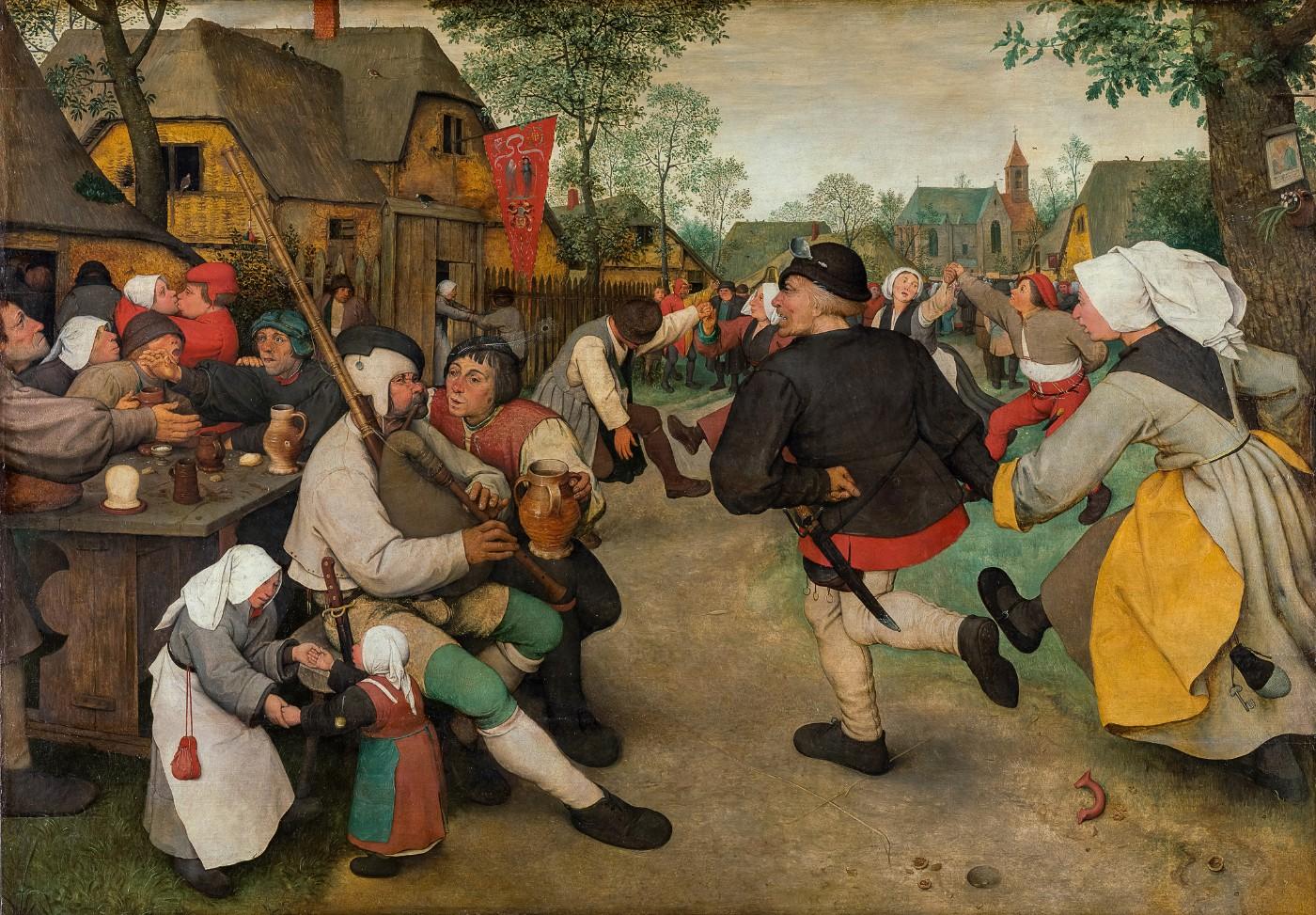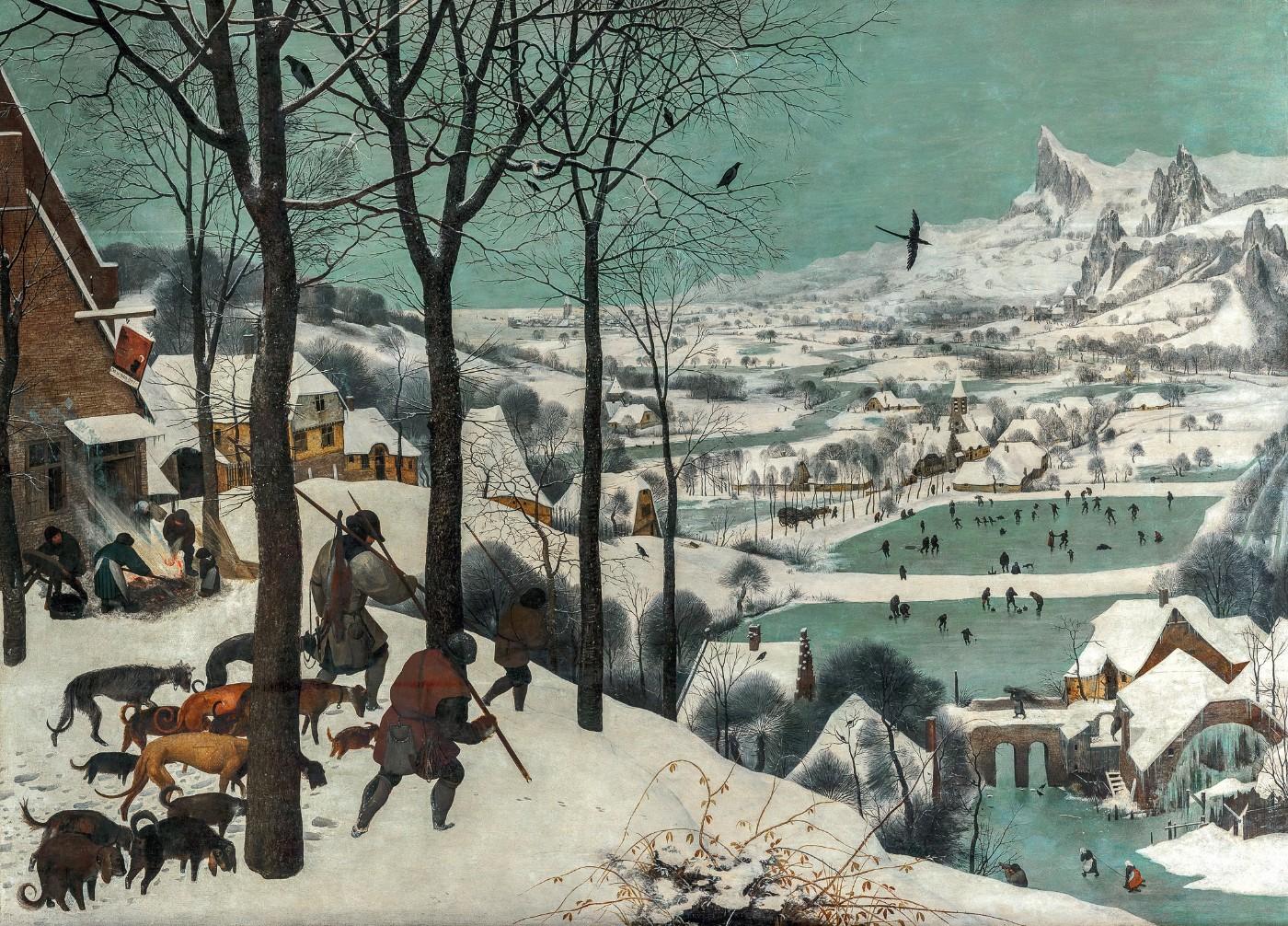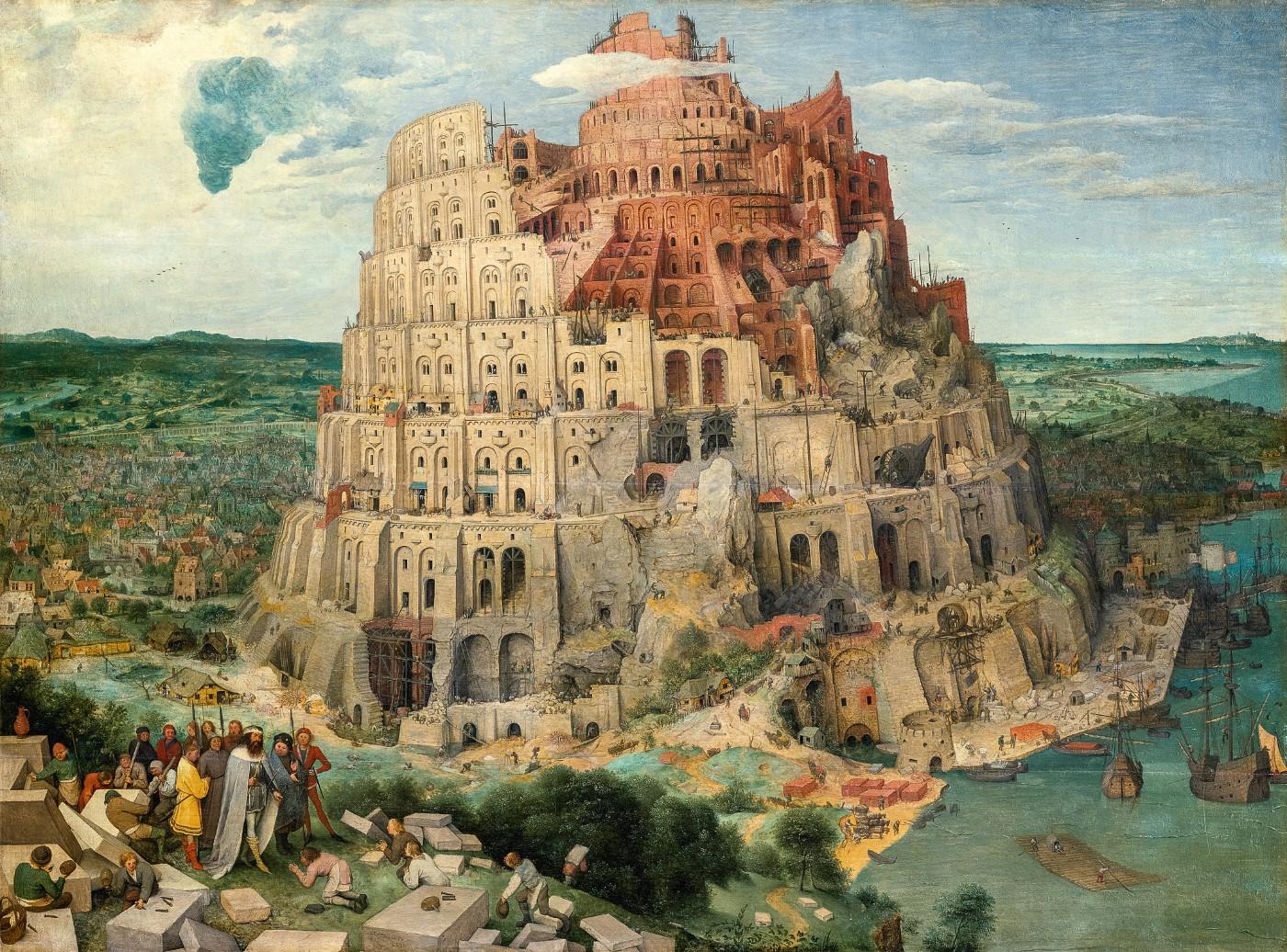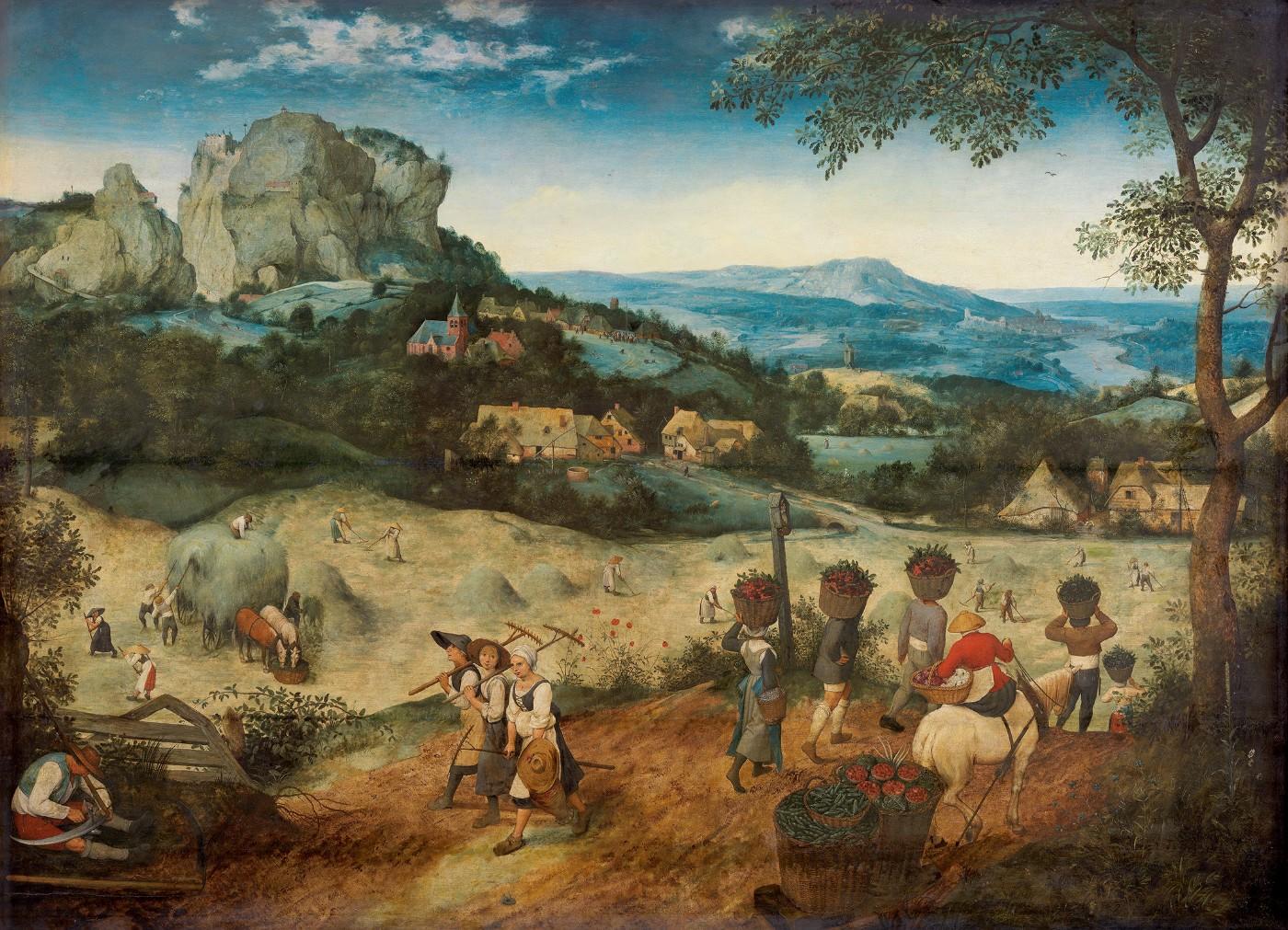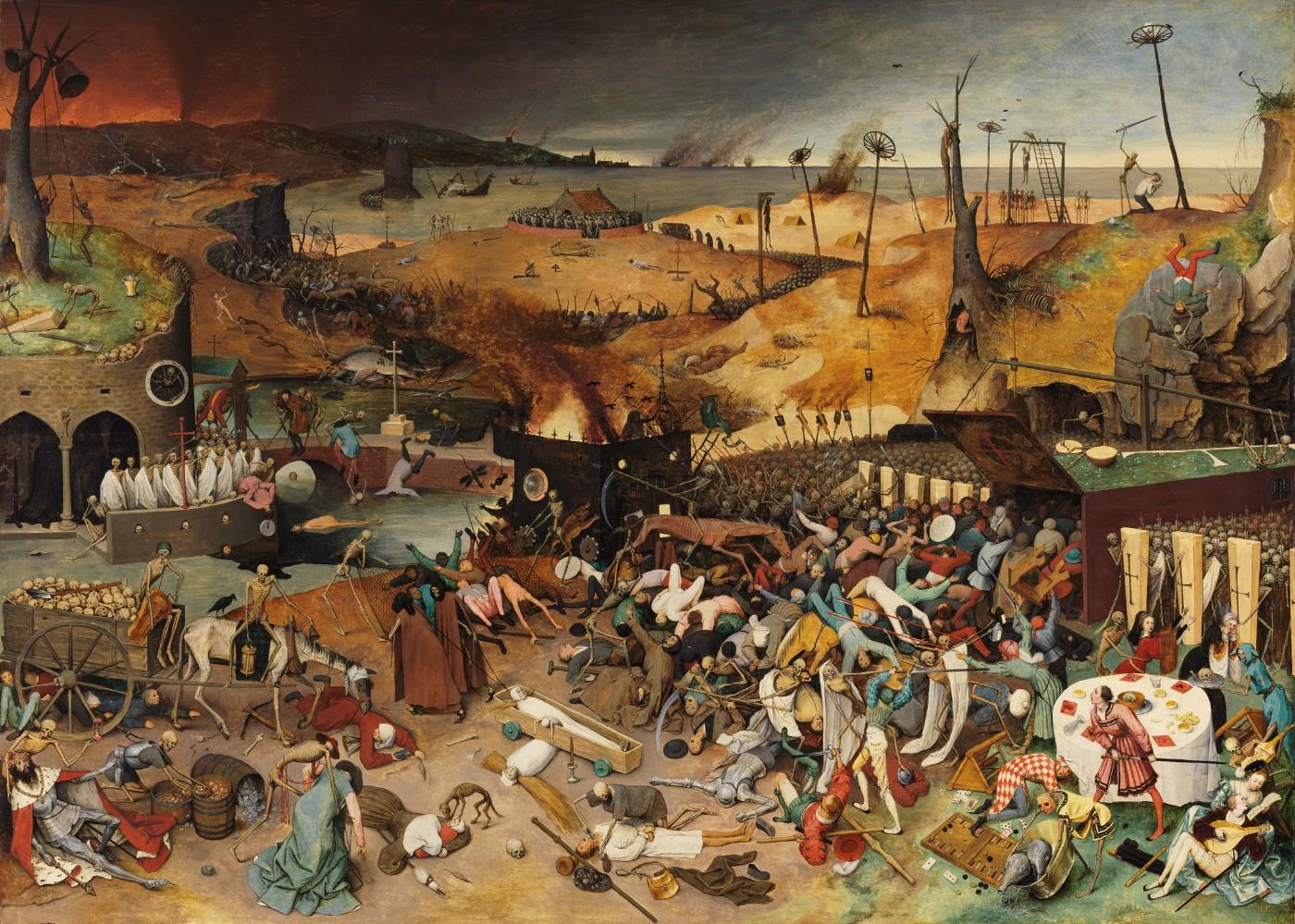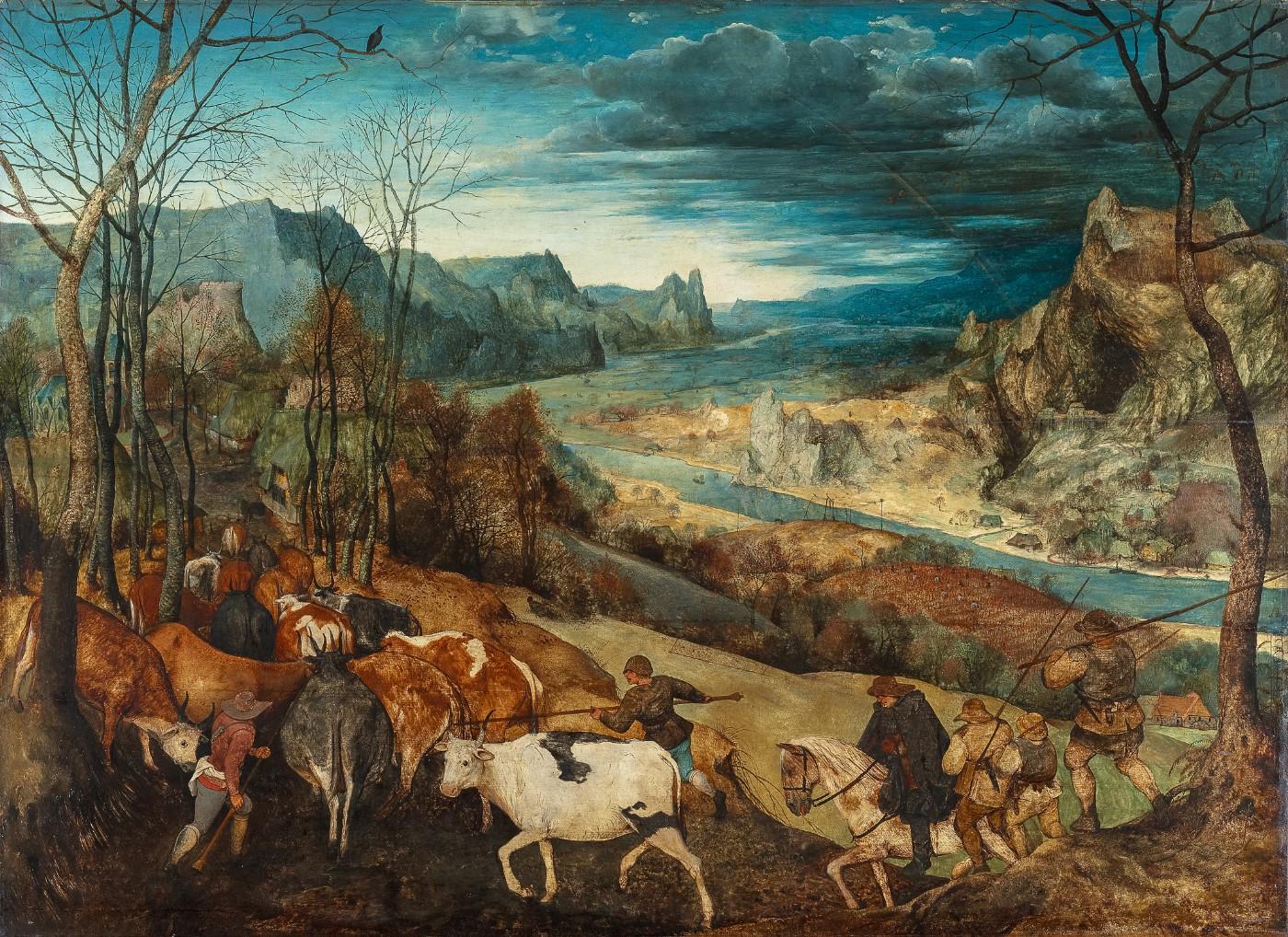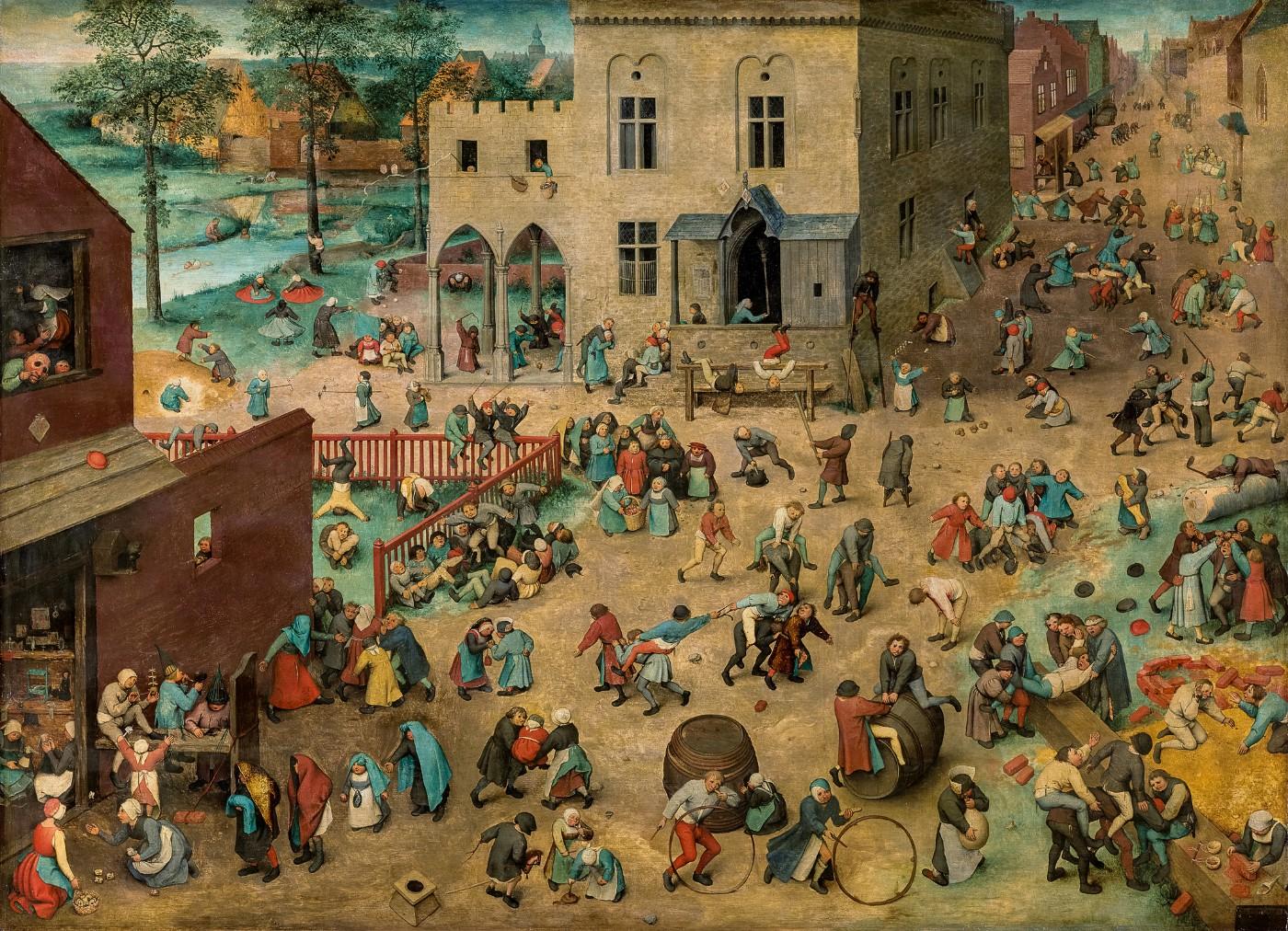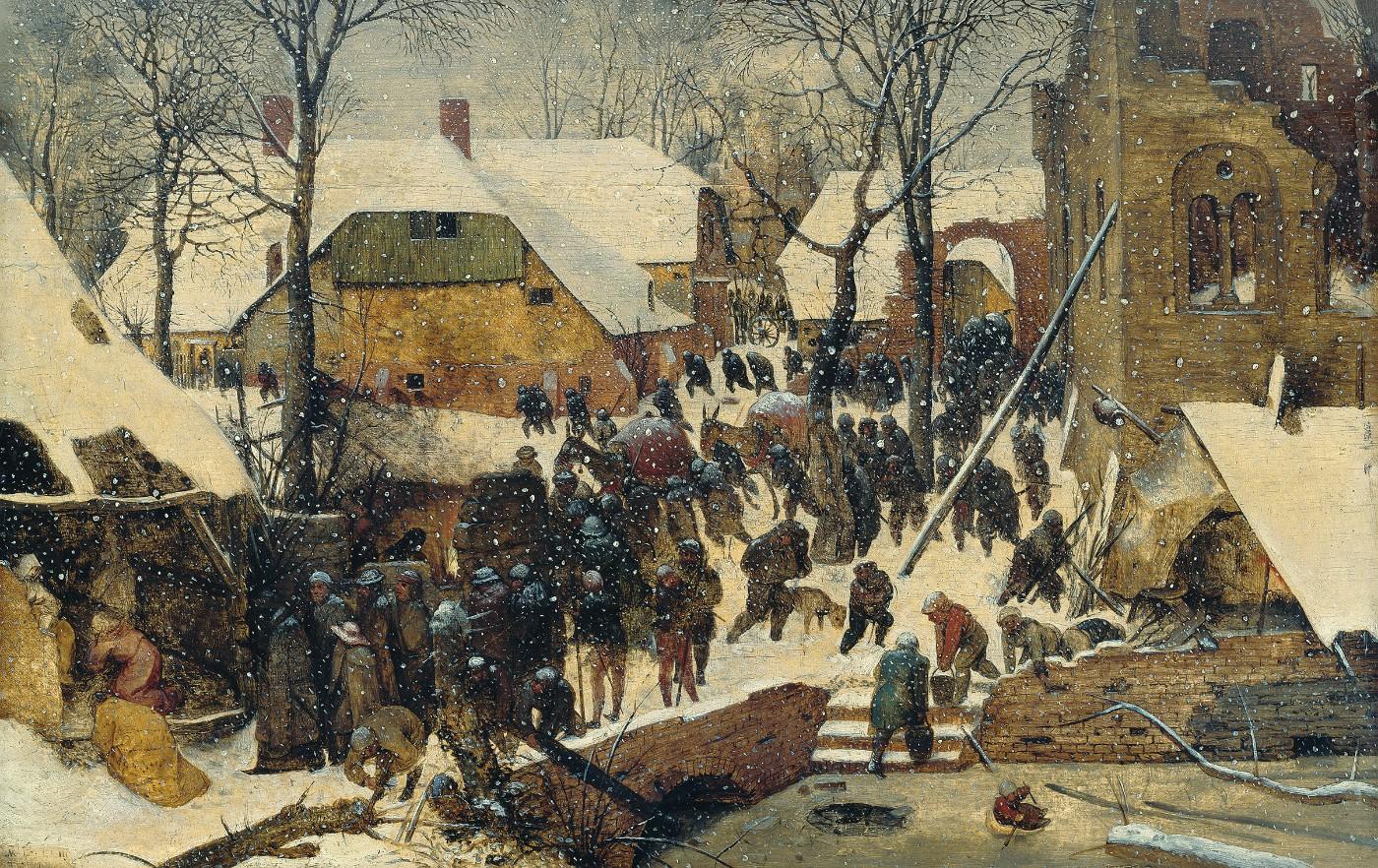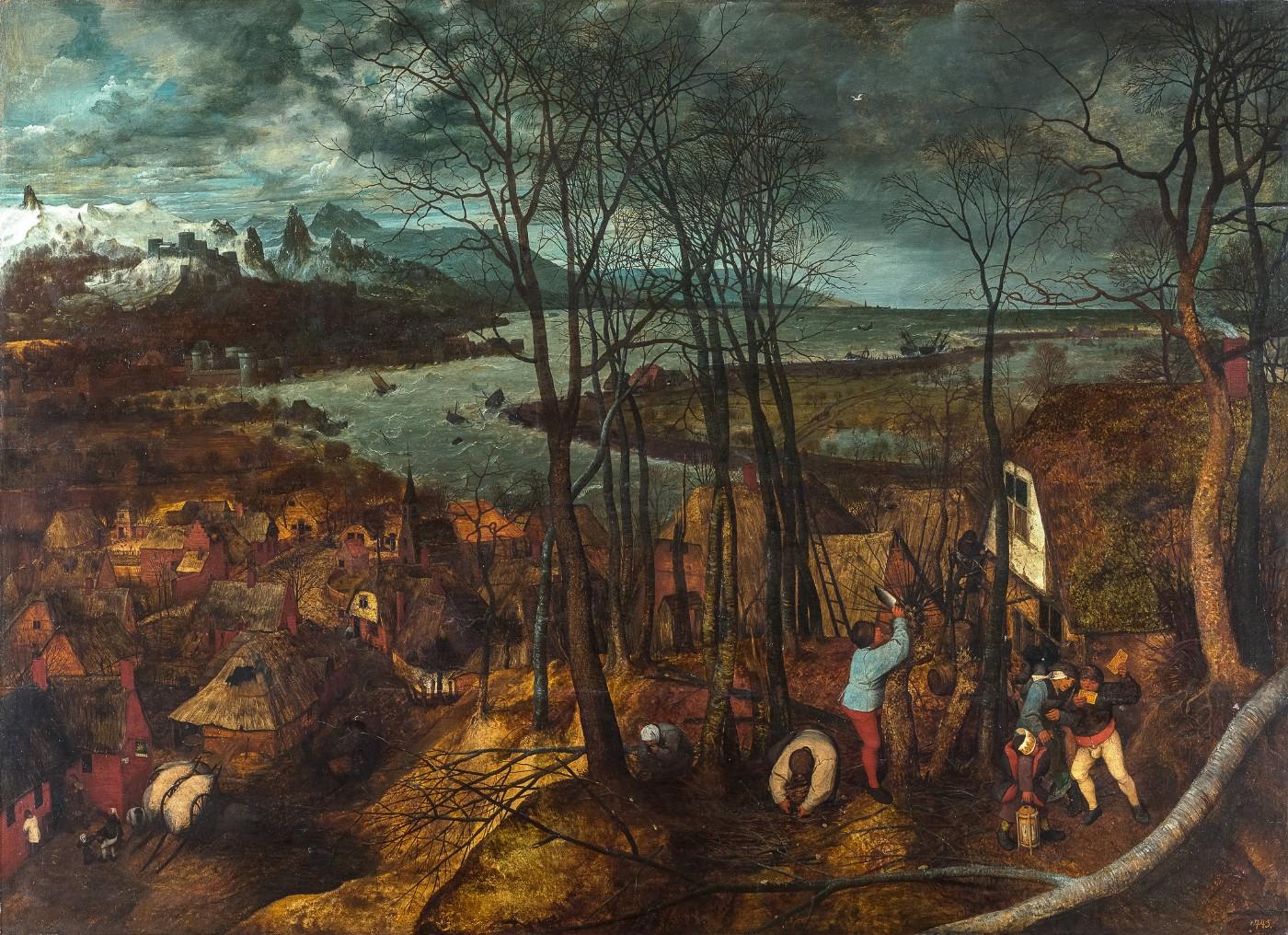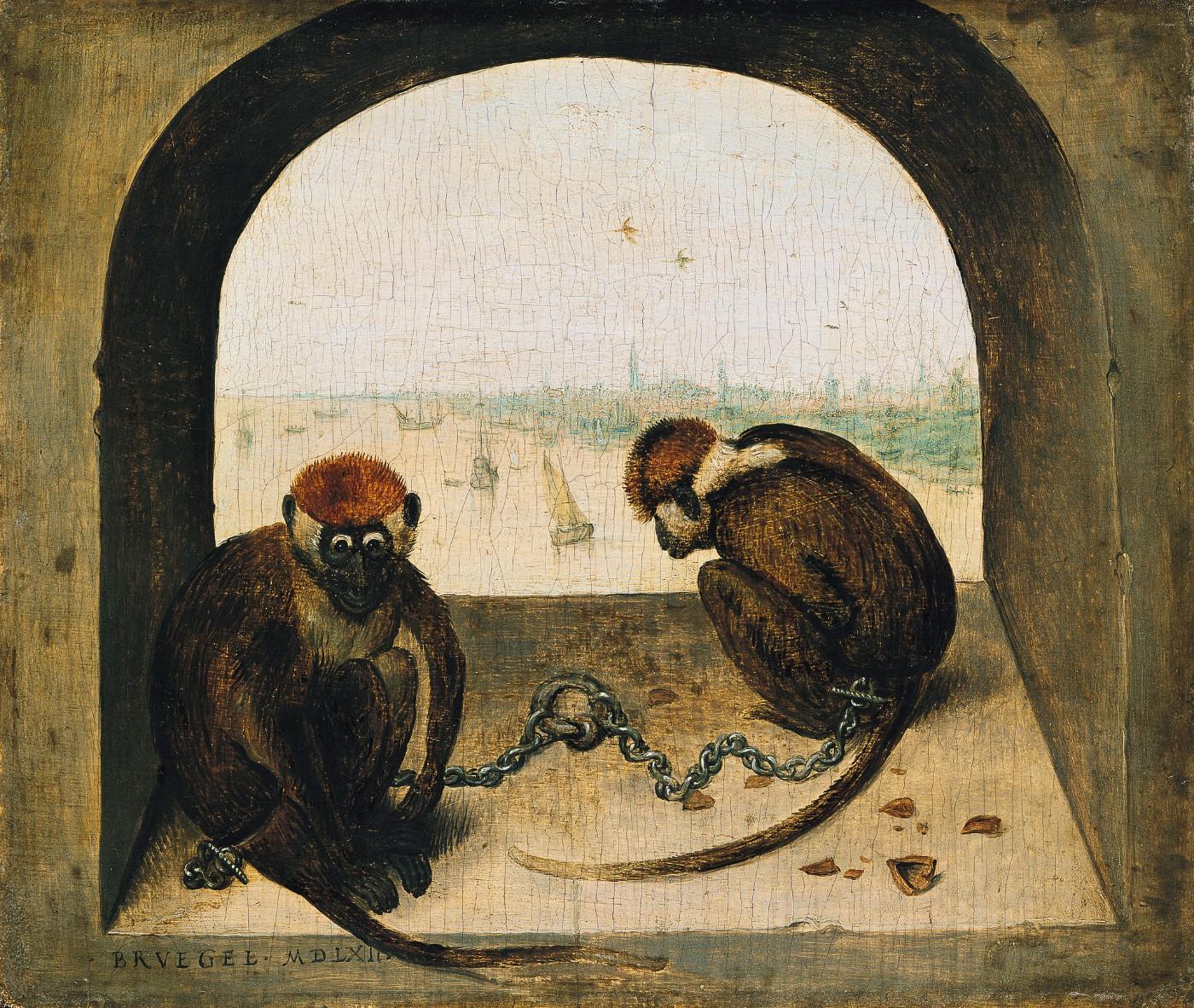A giant woman dressed in armor, wielding a sword and, incongruously, a frying-pan, strides past the jaws of hell at the head of a band of plundering women in Pieter Bruegel the Elder’s 1563 painting Dulle Griet, or Mad Meg. As with many of Bruegel’s works, this enigmatic picture is subject to a range of diverse interpretations. Is it an early form of feminism, a humorous reversal of the rigid gender roles in 16th-century Flanders? That’s one theory.
Mad Meg’s bloodthirsty rampage was on display at Vienna’s Kunsthistorisches Museum in the largest ever exhibition devoted to Bruegel, a riotous carnival of peasant life, exotic creatures and religious dramas, interspersed with bucolic landscapes. Marking the 450th anniversary of his death, it was billed as a once-in-a-lifetime blockbuster.
Bruegel is loved around the world for his fascinating “Wimmelbilder,” or “busy pictures” teeming with intricate details. It doesn’t seem to matter much that the intent behind his works is often mysterious today–they invite the viewer into another world; one that can be familiar, human and beautiful, or sometimes, as with Dulle Griet, bizarre, savage and terrifying.
Just as his work defies interpretation and categorization, Bruegel’s life, too, is mainly a mystery. The father of a century-long painting dynasty, he was born between 1525 and 1530 in Antwerp and probably trained in the studio of Pieter Coecke van Aelst, whose daughter he later married. He is known to have traveled to Italy, and crossing the Alps made a great impression. Mountains make unexpected appearances in his works–such as in the background of the Flemish landscape of his famous masterpiece Hunters in the Snow.
Thanks to the collecting mania of the Habsburgs, Vienna has the largest array of Bruegel paintings in the world, including Hunters in the Snow, with the dark figures of the men and their dogs in the foreground standing in stark contrast to the pristine blanket of white around them. In the background, tiny energetic figures skate in front of a snow-covered village. One is sprawled horizontally on the blue ice–a humorous, human touch characteristic of Bruegel. A group of peasants tend to a fire in front of an inn: above them, the dark silhouettes of birds perch in wintry black trees, whose branches are lined with a fine dusting of powder. Hunters in the Snow is a magical feast of natural and human detail, from the figure carrying firewood across a bridge to the blue shards of icicles hanging from the mill-house.




